When we hear the piercing scream of a pig, it’s natural to wonder what could be causing such distress. Pig screaming can be alarming, but understanding the reasons behind it is crucial for their welfare. In this article, we delve into the various factors that contribute to pig screaming and explore ways to address this behavior.
Question: Why do pigs scream
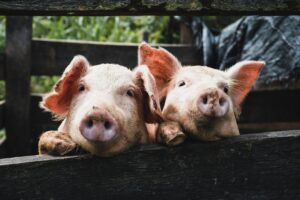

Causes of Pig Screaming
Physical Discomfort
Pigs, like all animals, experience physical discomfort from various sources. This discomfort could arise from injuries such as cuts, bruises, or muscle strains. Illnesses such as respiratory infections or gastrointestinal issues can also cause pain and discomfort. Additionally, environmental factors like extreme temperatures, inadequate ventilation, or uncomfortable flooring can contribute to physical discomfort in pigs. When in pain or discomfort, pigs may vocalize their distress through screaming, signaling their need for attention and care.
Social Interactions
Pigs are highly social animals, often living in groups with complex social hierarchies. Within these groups, interactions can sometimes lead to conflicts or disagreements. Dominance disputes, competition for resources like food or resting areas, or territorial conflicts can all result in aggressive behaviors and vocalizations, including screaming. Pigs may scream to assert dominance, express frustration, or communicate distress during social interactions.
Stress and Fear
Just like humans, pigs can experience stress and fear in response to various stimuli. Loud noises from machinery or other animals, unfamiliar environments, or handling by humans can all trigger a stress response in pigs. Additionally, fear of predators or perceived threats can elicit screaming as a way for pigs to signal danger and seek protection. Chronic stress can have serious implications for pig welfare, leading to behavioral issues, compromised immune function, and overall decreased quality of life.
Illness and Injury
When pigs are unwell or injured, they may vocalize their pain or discomfort through screaming. Respiratory infections, such as pneumonia, can cause difficulty breathing and chest pain, leading to loud vocalizations. Gastrointestinal issues like colic or gastric ulcers can also result in abdominal pain and discomfort, prompting pigs to scream. Injuries from fights with other pigs or accidents within the environment can cause acute pain and distress, requiring immediate attention and treatment.
Behavioral Manifestations
Vocalizations
Screaming is just one form of vocalization exhibited by pigs. They also use grunts, squeals, and other sounds to communicate with each other and with humans. Grunting, for example, is often associated with contentment or relaxation, while squealing may indicate excitement or anticipation. Understanding the different vocalizations can provide insight into their emotional state and needs, allowing caretakers to respond appropriately.
Body Language
In addition to vocalizations, pigs communicate through body language. Postures, movements, and facial expressions can all convey information about their mood, intentions, and level of comfort. For example, a pig that is standing tall with its ears forward and tail wagging may be feeling confident or curious, while a pig that is cowering with its ears pinned back and tail tucked may be fearful or submissive. Observing and interpreting pig body language can help caretakers understand their behavior and address any potential issues.
Aggression
Aggressive behavior can also lead to screaming in pigs. Whether it’s fighting over resources like food or water, establishing dominance within the group, or defending territory, aggressive interactions can escalate to vocal displays of aggression. Pigs may use loud vocalizations, charging, or physical confrontations to assert dominance or defend themselves against perceived threats. Understanding the triggers for aggression and implementing strategies to prevent conflicts can help reduce screaming and promote a more harmonious social environment.
Impact on Pig Welfare
Stress-Related Issues
Frequent screaming can indicate high levels of stress in pigs, which can have serious implications for their welfare. Chronic stress can lead to behavioral issues such as aggression, stereotypic behaviors (repetitive, unvarying actions), or self-injurious behaviors. Additionally, stress can suppress the immune system, making pigs more susceptible to illnesses and infections. Addressing the underlying causes of stress and providing a supportive environment is essential for promoting positive welfare outcomes in pigs.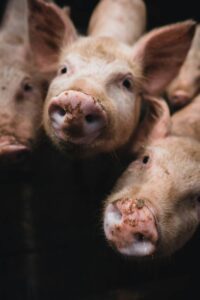

Impact on Productivity
In commercial pig farming, stress and discomfort can impact productivity and profitability. Pigs that are constantly screaming or agitated may not grow as quickly or produce as much meat, milk, or offspring as their less stressed counterparts. Reduced feed intake, impaired reproductive performance, and increased susceptibility to diseases can all contribute to decreased productivity in pigs experiencing chronic stress. By prioritizing welfare and implementing management practices that promote comfort and well-being, farmers can optimize productivity while ensuring the welfare of their animals.
Health Consequences
Ignoring pig screaming can have detrimental effects on their health. Untreated injuries, illnesses, or stress-related conditions can worsen over time, leading to increased suffering and decreased quality of life. Respiratory infections left untreated can progress to pneumonia, causing respiratory distress and potentially fatal complications. Gastric ulcers can lead to chronic pain and digestive issues, impacting feed intake and nutrient absorption. Prompt identification and treatment of health issues are essential for preventing complications and promoting recovery in affected pigs.
Ways to Mitigate Pig Screaming
Environmental Enrichment
Providing pigs with a stimulating environment can help alleviate boredom and reduce stress. Enrichment activities such as rooting materials, toys, and varied terrain can promote natural behaviors and improve overall welfare. Access to outdoor areas, natural vegetation, or opportunities for social interaction with other pigs can also enhance environmental enrichment and contribute to a positive living environment.
Proper Handling and Management
Effective handling techniques and proper management practices are essential for minimizing stress and preventing conflicts among pigs. Training staff to recognize signs of distress and respond appropriately can help create a calm and supportive environment. Handling pigs gently and avoiding unnecessary stressors such as rough handling or overcrowding can help build trust and reduce fear responses. Implementing consistent routines and providing clear boundaries can also help establish a sense of security and predictability for pigs.
Veterinary Care
Regular veterinary care is crucial for maintaining the health and well-being of pigs. Routine check-ups, prompt treatment of injuries or illnesses, and preventive measures such as vaccinations can help prevent screaming due to health issues. Veterinarians can also guide nutrition, parasite control, and disease prevention strategies to optimize pig health and welfare. Building a collaborative relationship with a knowledgeable and experienced veterinarian is essential for promoting the long-term health and welfare of pigs.
Conclusion on Why Do Pigs Scream
In conclusion, pig screaming is a complex behavior with multiple underlying causes, including physical discomfort, social interactions, stress, and illness. Understanding these factors is essential for promoting the welfare of pigs and ensuring their needs are met. By implementing appropriate management practices, providing enrichment opportunities, and prioritizing veterinary care, we can minimize pig screaming and improve the overall quality of life for these intelligent and sensitive animals.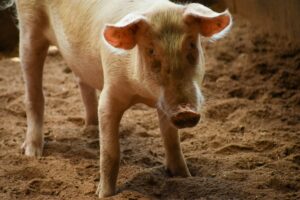


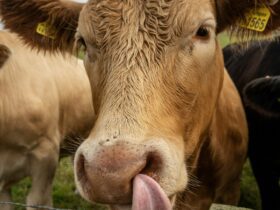
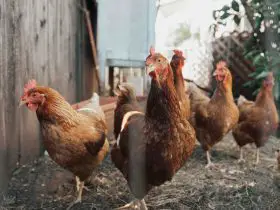

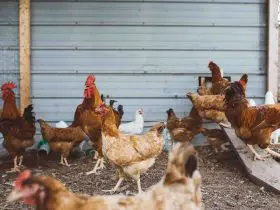
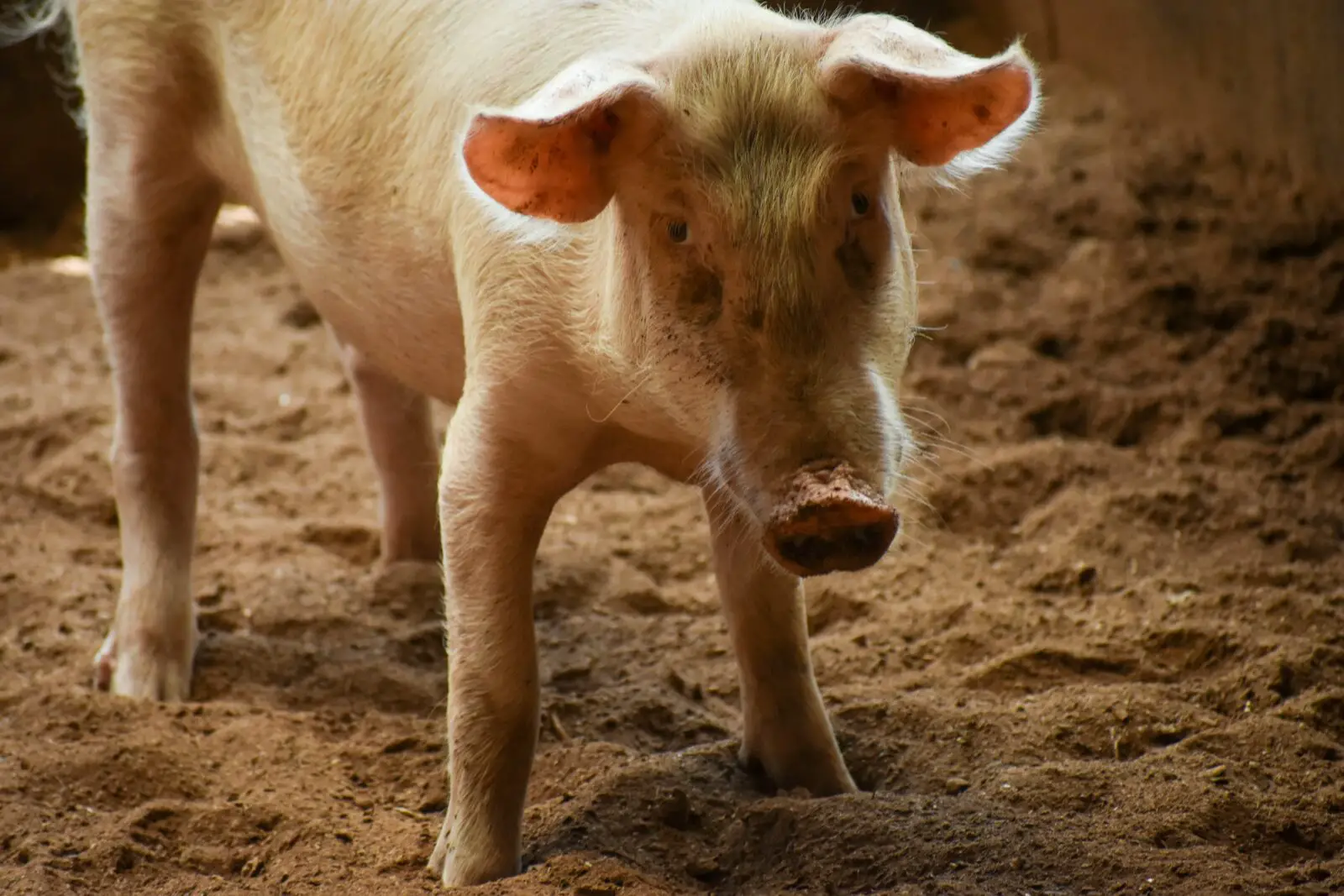
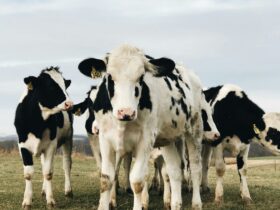

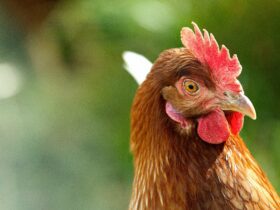
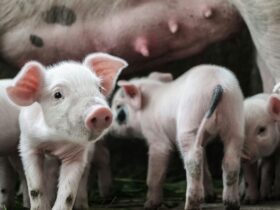

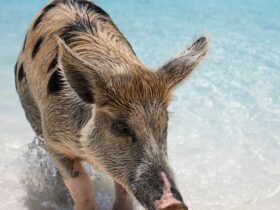
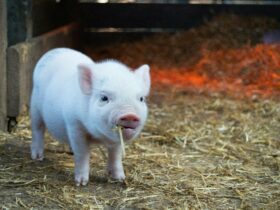

Hello!! Welcome to Anim Farm